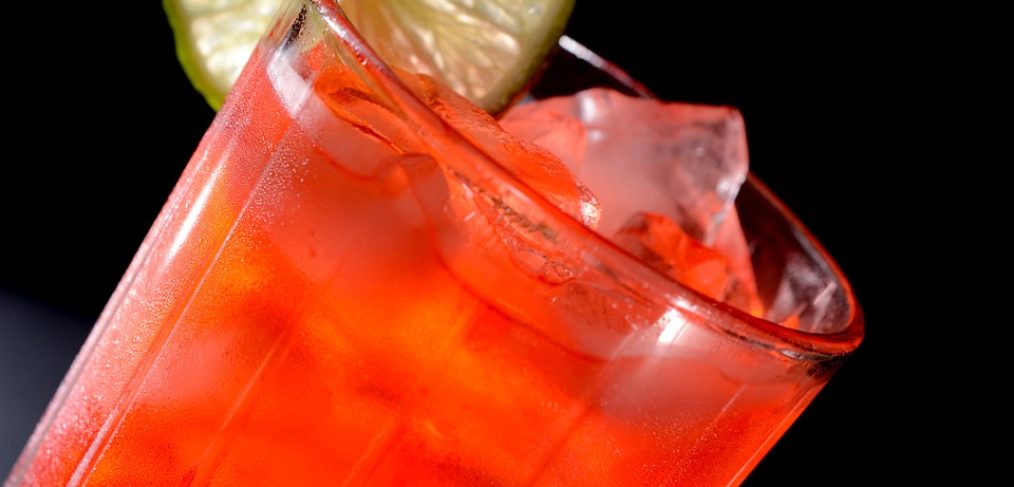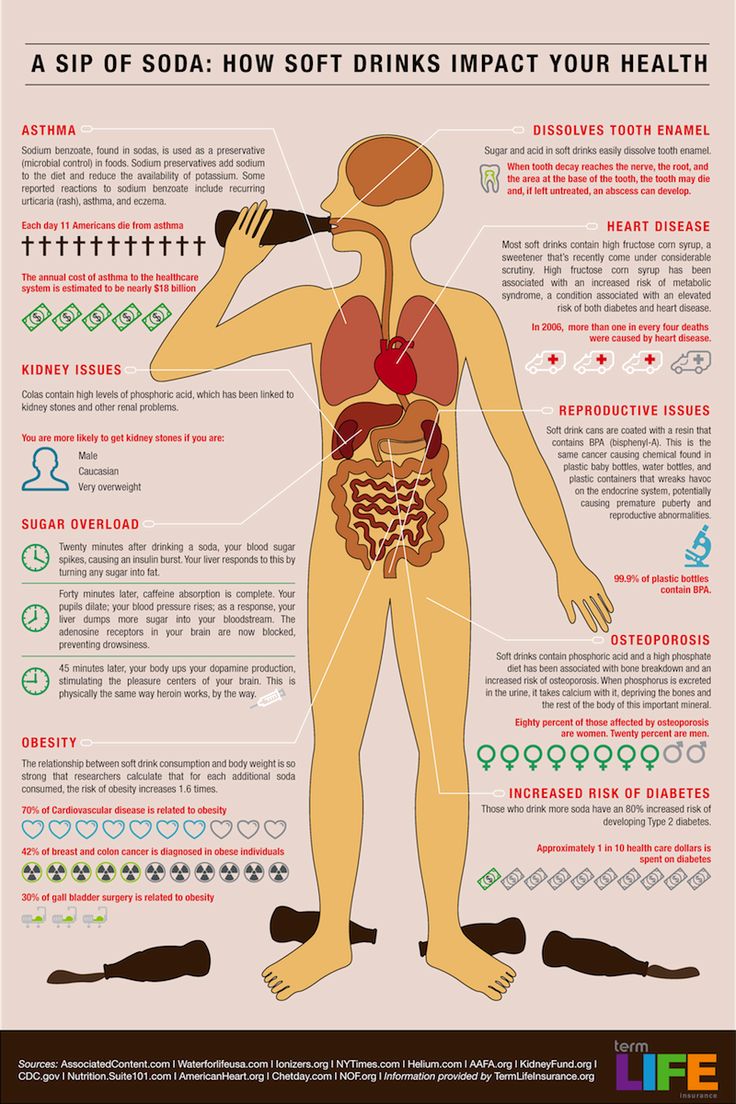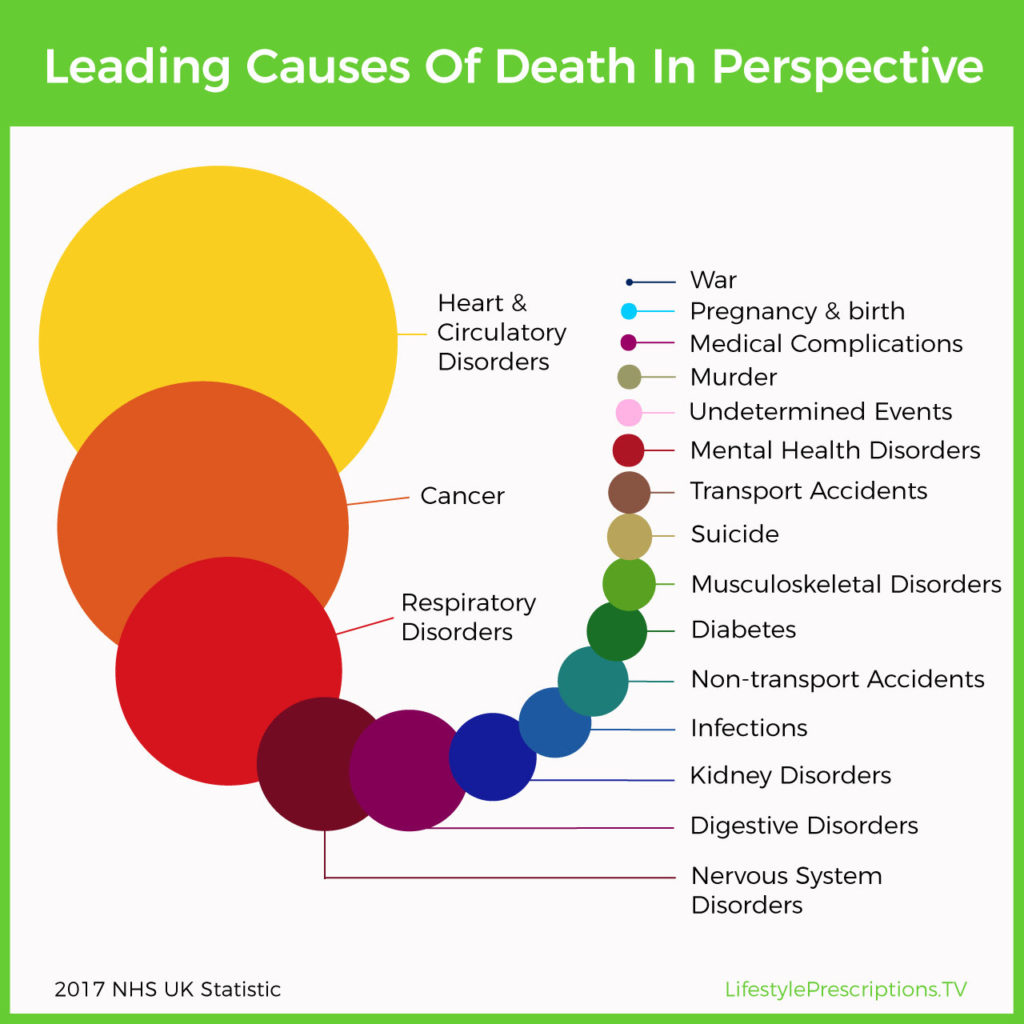Eating is a little like giving to your favorite charity. If it’s a well-managed organization, your donation can potentially help thousands of individuals. But if a top-heavy administration is usurping funds, you may be greatly dismayed to find that only 10 or 20% of your contribution actually reaches those in need. Likewise, you may be consuming a healthy diet of balanced macronutrients (carbs, fats, and proteins), but if your digestive system is being mis-managed, your food may literally get flushed away without every reaching the cells it was intended to serve.
POOR DIGESTION CAN CAUSE YOU TO BE A SUGAR BURNER
Sugar burners are those that have fluctuating energy levels, don’t feel satiated after a meal, feel a need to snack, experience cravings, and often hit a wall during endurance activities. Many of my clients who have been sugar burners for a long time often display signs of hypoglycemia and insulin resistance simultaneously. It’s not a fun way to live, feeling tired and hungry all the time, gaining weight, and being controlled by cravings.
Some of these clients eat clean. They are careful to eat their vegetables, avoid sugar and refined carbs, add natural fats to their cooking, and select healthy portions of proteins. What then is going on? It may be digestive dysfunction. Protein digestion requires a highly acidic stomach to trigger the release of pepsin, the chief enzyme used in the breakdown of protein molecules. But…
STRESS SHUTS DOWN DIGESTION
Your body has to prioritize its energy demands. If the decision is between running from danger or making stomach acid, fleeing obviously trumps. Cortisol, the hormone your body makes when there is any kind of perceived threat, physical or emotional, sends the signal that energy may be needed to make a dash. So when cortisol output increases, your brain turns down all digestive functions, including production of stomach acid, to conserve energy for a quick get-away.
Thus, if stress is a chronic factor in your life, your stomach acidity may be underpar. That means vlauable proteins may literall be just passing through. Because carbohydrate is absorbed quickly into the bloodstream, the result is too often a surge of glucose into the bloodtream. Insulin, a dutiful worker, scurries to whisk all that sugar out of the bloodstream, resulting in a dramatic drop in blood sugars. Hypoglycemic symptoms manifest. Repeat that over and over, and your cells become insulin resistant. That is how your donation of good clean food gets wasted by poorly managed digestion.
YOU NEED TO GET PARA-SYMPATHETIC
That means getting out of your head, getting out of the future, getting out of fear and worry, and just being present. The parasympathetic state is one of sensing, connecting, and being. It is not task-focused or deadline-oriented. Here are are some way to do that at meal time so your food contribution reaches your needy cells:
- Breathe deeply before eating. Shallow breath always accompanies stress.
- Visualize where your food originated, the care given to bring it to you, and all the energy it has the potential to impart to you. Appreciation does not co-exist with stress.
- Laugh with friends and family while you eat. Connecting with loved ones switches us into the parasympathetic state.
- Engage you senses: notice colors and shapes, smell, touch, savor. Get out of your mind; make eating a full-body experience.
- Chew thoroughly. You can gulp on the run, but chewing slowly and completely requires a deliberate awareness.












